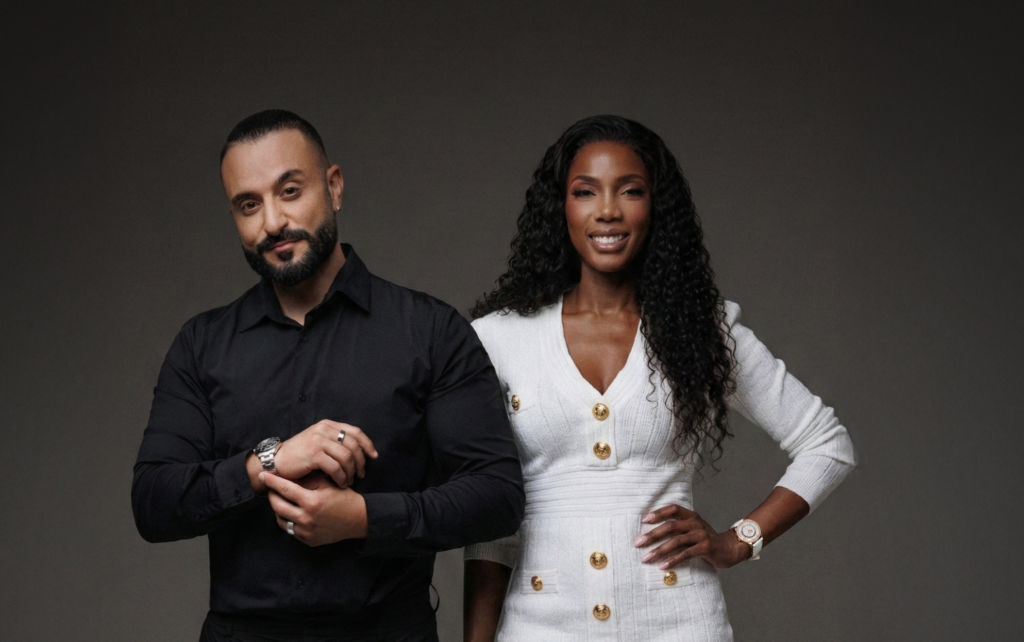The pandemic and lockdown restrictions have forced companies to toss out their marketing strategies and reevaluate their preferred sales channels, consumer journeys, and stakeholder communications. In particular, the past year has seen supercharged e-commerce growth and many new social commerce features on the world’s biggest social media networks, including Instagram, Snapchat, and TikTok. Yet the changes brought on by the global pandemic go beyond technological advancement.
The speed of change in society has increased rapidly as well, pushing marketeers into becoming more strategically agile than ever. Such a shift demands more real-time monitoring, measurement, and optimization that allows marketers to make quick and informed decisions.
Social
Social Commerce Is Going Mainstream –
When many small businesses were forced to close their doors due to the global pandemic, they turned to their social channels to keep their customers up to date and drive revenue. Instagram, as an example, quickly responded by allowing businesses to not only tag their products in their posts but also enable their fans to purchase their product directly within Instagram by enabling the “checkout” feature. Additionally, influencers can now tag a brand’s products, connect to their brand partner’s product catalog, and enable their fans to shop directly from their page.
TikTok recently formed a partnership with Shopify that enables consumers to purchase products directly from branded and creator TikToks. The list of social platforms jumping on social commerce goes on and on. Brands were already creating amazing content to sell their products and now these improved features enable consumers to purchase products instantly and natively on the most popular social platforms. In 2021 we’ll continue to see brands reduce friction in the sales funnel as customers embrace social commerce.
Social Commerce Content Strategies Will Find Global Traction
During Q3 2020, the number of live stream sessions hosted on the Chinese e-commerce platform Taobao Live, increased 110% year-over-year. The number of merchants live streaming for the first time increased by 719% over the same period. This trend is now gaining traction overseas, including in the U.S. Content in the form of live stream, short video or editorial plus conversation to answer questions and build trust are critical components of the formula.
New consumer journeys will continue to emerge in 2021, and many of these will intersect through social media at singular, or more likely, multiple points. This makes social commerce an important component of a brand’s marketing strategy.
The War Against Bots and Misinformation Is On
Through the power of AI, 2020 became the year bots launched an all-out attack on the Internet, and in particular on social platforms, spreading harmful misinformation and spammy comments along the way. With more than 50% of social users reporting getting their news from Facebook or Twitter, that poses a critical threat to not only the Internet but also society. Brands should not only prepare themselves for becoming misinformation targets, they should also use their power to help governments and tech giants end the spread of misinformation. Those that succeed will be seen favorably by consumers.
Grab Your Joysticks, Gaming Is Going Mainstream
Gaming has become more attractive than ever in the face of the coronavirus pandemic, an era where virtual experiences take precedence over physical. The
gaming industry hit record peaks at the start of imposed lockdowns last March, and the summer and fall months have shown sustained viewership and traffic over the previous year – a trend marketeers can expect to continue.
According to the Economist, video game internet traffic, including mobile games, has increased 75% in the U.S. From a consumer standpoint, HubSpot and Talkwalker report that 32% more people identify as gamers versus 13 months ago, with data showing mothers as the largest growing segment. With traffic on the rise, it’s logical that brands would look for opportunities to capitalize. But before jumping in, consider that this audience values authenticity and transparency over overt brand messaging.
Augmented Reality Is Set to Thrive… Again
The global pandemic is being blamed for a tempered 35.3% growth in spending on AR worldwide, up from $7.9 billion in 2019 to $10.7 billion in 2020 according to IDC research. Despite everything, the AR market outlook remains optimistic and can still blow up 2021. But it’ll likely happen in unexpected arenas. Although live entertainment and usage is facing difficulty due to pandemic restrictions, education, tourism, medical, industrial, and other segments are poised to continue growing their AR usage.
Another growing AR field lies in e-commerce, particularly in the retail space where some brands are leading the charge. Consumers are able to virtually sample furniture, clothes, makeup, and much more in a safe and convenient manner.
Influencer Marketing
As E-commerce Grows, Influencers Will Take the Driver’s Seat
With consumers spending more time than ever before shopping online, influencers will play an increasingly critical role in that sales ecosystem, driving product referrals and using their influence and storytelling abilities to sway consumer decisions.
The shift in marketing spend to influencers also means it is increasingly important to be able to predict sales conversion ability as well as track and attribute sales back to individual influencers. To capitalize on this explosive growth, brands should focus on building influencer marketing programs that support the user journey and drive to trackable, attributable purchase.
Influencers Will Fuel the Social Commerce Evolution
2021 will present additional opportunities for both brands and influencers to drive sales by enhancing their grasp of the tools that will continue to be refined and expanded by these social media giants. Influencers and brands will continue to leverage social media tools such as Reels and Stories, which will give Facebook and Instagram further incentive to deepen their resources.
The challenge in 2021 will be that many influencers may not be ready to transform their Instagram feeds into virtual shopping malls for brands. With that in mind, expect to see more examples of a test-and-learn approach that leverages influencer assets in shoppable ad content, boosted via brand accounts on Facebook and Instagram.
Top Micro-Influencers Will Be Powered by Diversity, Equity + Inclusion
Creatively and naturally, they can produce native social content that drives sales by tying their personal brands to company products, acting as trusted advocates leading conversations with potential customers. When forming micro-influencer partnerships, it’s important to note that brands are now expected to include diverse representation in all their initiatives. Not only is diverse representation critical during every brand campaign for the company, but every influencer partner of the brand should also uphold the same standard in their own content. Companies that fail to ensure there’s diverse representation in their own campaigns and that of their partners risk serious backlash.
Analytics
Measurement Needs Will Increase
Now more than ever, marketers are required to listen, understand, and guarantee that the data available is being collected, measured, analyzed, and applied on a business level in a continuous, optimized process. In 2020, the global pandemic abruptly changed worldwide digital consumption and behavior, and only increased this need. Marketeers and communicators must therefore upgrade their measurement frameworks to ensure they’re consistently bringing insights to the table that yield business results.
AI-Derived Insights From Visual Content Will Be Key to Measurement Efforts
The rise of online video content – Cisco predicts that by 2021, 80% of online content will be videos – is driving a new wave of AI-powered technologies to unlock insights from visual content. Over three billion images, GIFs and videos are shared on social media every day. With this visible shift from text to visual, brands can’t afford to monitor only text mentions. Fortunately, AI technology makes analyzing visual content a breeze. However, brands should proceed with caution. AI is a complex set of technologies, and hype surrounding it can lead to brands investing in a tool they might not need.






